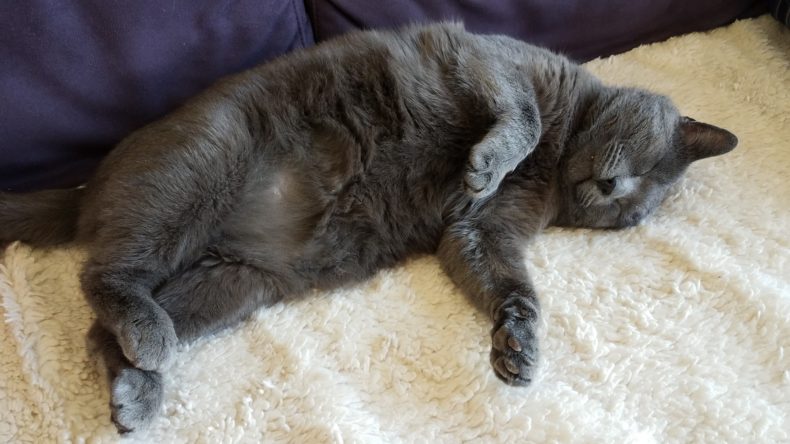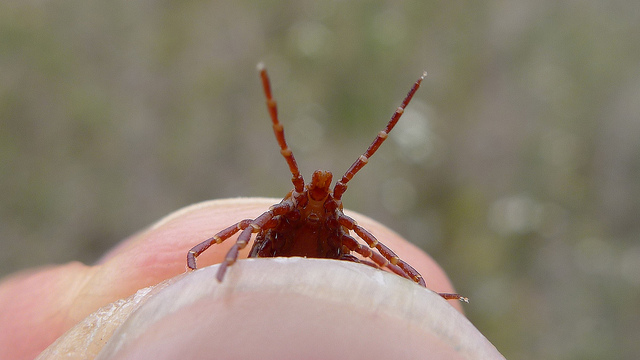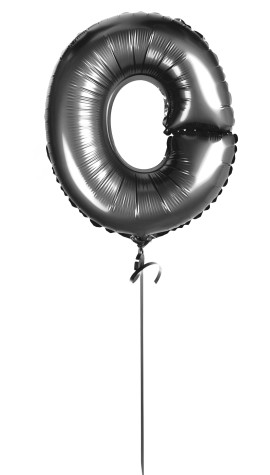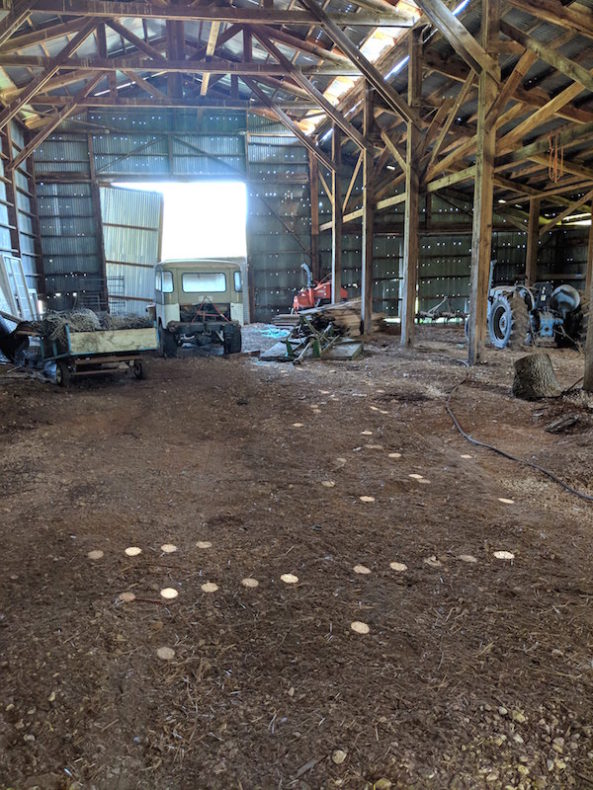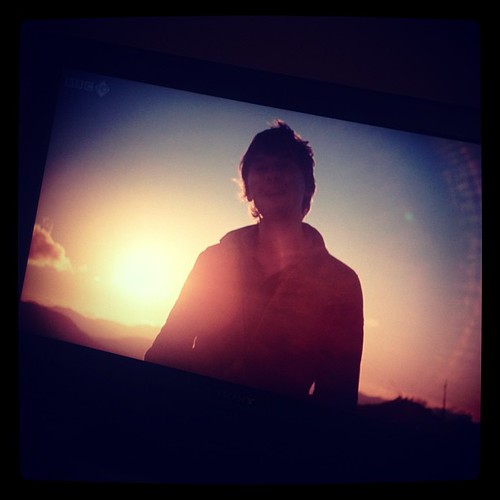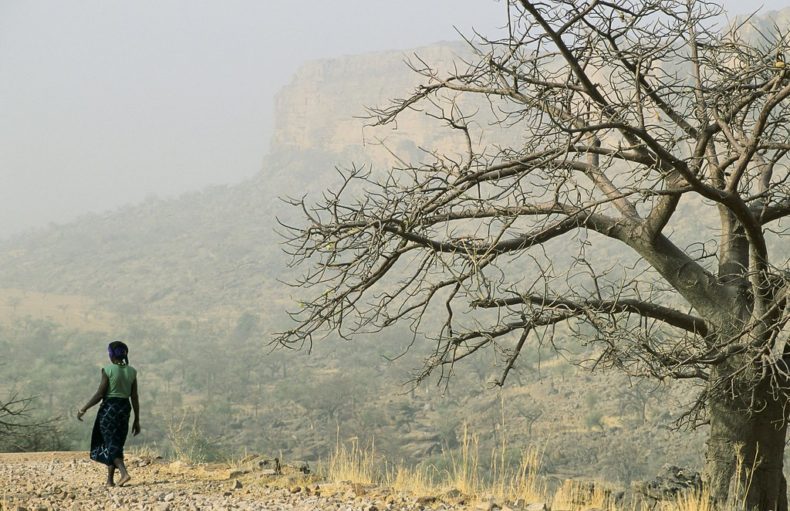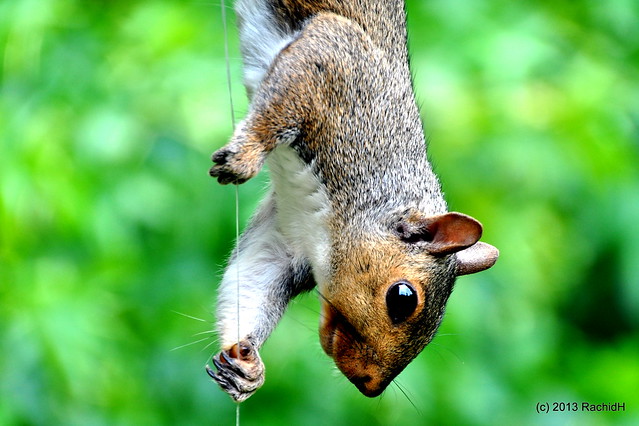
One day Erik and I were chatting happily about birds and birdfeeders, all sweet reason and collegiality. Then he said he’d found a squirrel-proof birdfeeder. And the conversation turned dark. Words were said in haste. We eventually calmed down enough to state our cases in a pleasant, civilized manner.
[NOW WITH UPDATES. See below*]
E: It’s a question of thumbs. I have them and squirrels do not. Thus, I believe that I will prevail over these horrible hairy creatures. I mean, okay, technically squirrels have little thumb-like digits. But they are gross, so they don’t count.
A: We completely agree about the nature and character of squirrels. Where we disagree is over whether thumbs make any difference. Squirrels are smarter than we are. Can we instantly calculate the distance, velocity, and gravitational drag necessary to leap from one tree to another and nail it every time? We can not. So when you tell me you have a birdfeeder that squirrels can’t outsmart, I can place no faith in your account.
E: Technically I have three birdfeeders. And a plate of rotten bananas that the internet says attracts waxwings. And while, yes, the local squirrel seems to access them with ease, that’s about to change. We put people on the moon. Not me personally, but my species did. Do you see any acorns buried in the lunar dust? No, you don’t. I’m confident I can beat a squirrel. FYI – there are SO many good videos on YouTube.
A: Internet videos are not evidence. I have been collecting evidence for decades. I hung a birdfeeder on the branch of a full-grown maple, strung a thin wire from a high branch to the feeder, maybe 50,000 feet of wire. Squirrels went down it headfirst, like up/down was the same as across, made no difference to them, and ate all the birdfeed.
Continue reading